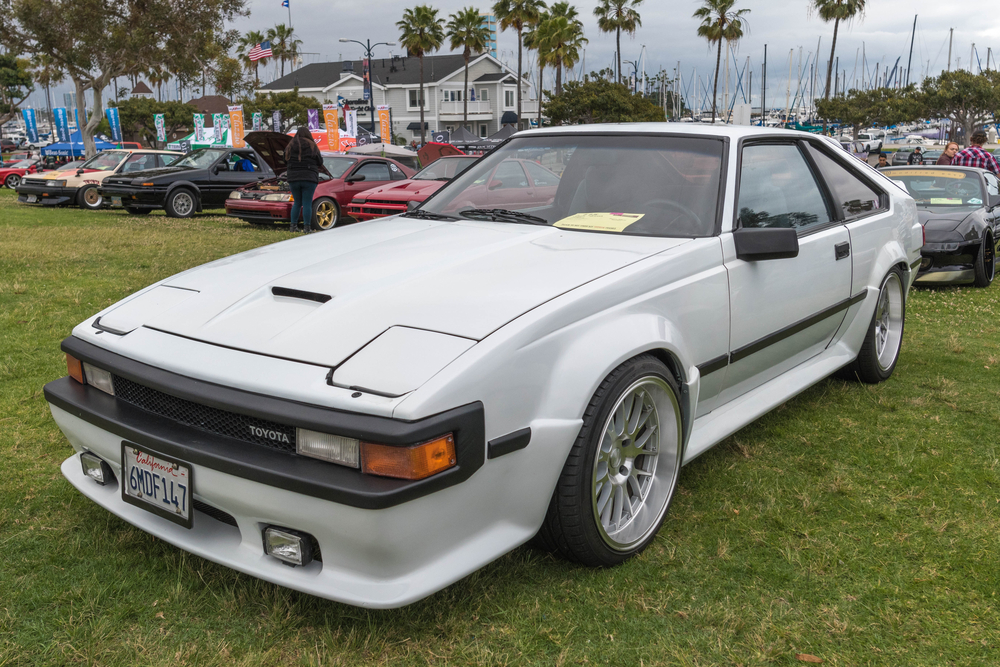
The Toyota Celica is a classic car in the Toyota family of cars. This iconic vehicle has been around since 1970 and has made appearances on miles of roads and is in countless garages. If a Celica is in your garage, the Toyota Celica repair manual will be a great companion to have on hand.
The Toyota Celica was in production and enjoyed by drivers from 1970-2006. An constant throughout this time period was that every generation of Celica used some type of 4 cylinder engine. This car was also sold in North America, Japan, Europe and Australia.
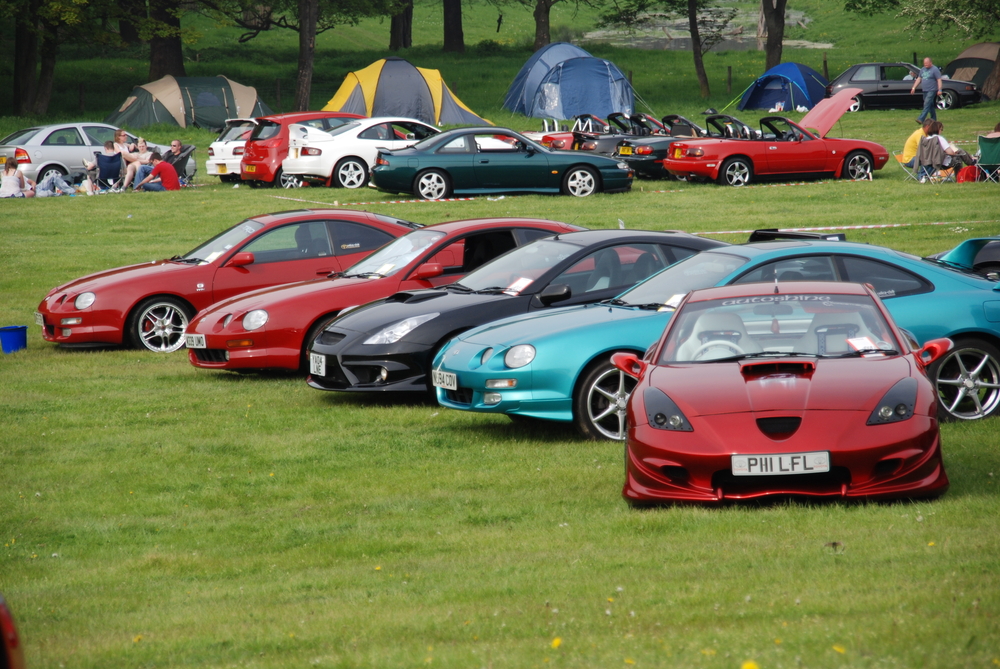
The very beginning
The first generation of the Toyota Celica debuted in 1970 at the Tokyo Motor Show. This original Celica was a 2 door, hardtop coupe. It was also intended to be a competitor in the North American market with other brands such as the Ford Mustang.
In Japan, there were different trim levels offered for the first generation. They were the ET, LT, ST and GTV. For the export markets Toyota offered the Celica in 3 different trim levels- the LT, ST and GT.
Within the first generation of Celica’s which ran from 1970-1977, the Celica can be subdivided into 2 distinct versions. The first version is considered the original. This original version was recognized by its trapezoid shaped front side light. This was seen in models TA22, RA20, RA21 and RA22.
The second version of the first generation had the same light redesigned into a square shape. This version made an appearance in 1975 and it also had a longer wheelbase, 98 inches instead of 95.
First generation in the US
The first Celica to be on sale in North America made an appearance in 1971. This ST trim level sported a 1.9 liter 8R engine. By 1973, automatic transmission was an option on Celica’s sold in the US. That same year, Toyota introduced the Celica hatchback. Although there were 4 trim levels offered in Japan, there was only one offered in the US market
Second Generation
The second generation was available from 1977-1981. This generation was also available as either a coupe or hatchback. This generation was not manufactured in Japan, but in California. Just as with the previous generation, this one is also further broken down into 2 different series-Series A and Series B.
The Series A was given rounded headlights and chrome bumpers. The Series B was given square headlights and redesigned tail lights. The engine was the same throughout the generation and across all models.
Toyota did pay more attention to vehicle safety with this generation and many upgrades regarding safety, power and fuel economy were noted. In fact, in 1978 the Toyota Celica won Motor Trends “Car of the Year” award.
In 1980 Toyota released a special edition Celica. It was the “US Grand Prix “GT hatchback Celica. This special edition Celica was given a bigger engine, a 2.4 liter 22R engine. And in honor of the Toyota Celica’s 10 year anniversary, the company unveiled the Celica GTA coupe. This version was equipped with an automatic transmission, power windows and an upgraded sound system.
The 10th anniversary car was recognizable thanks in part to its distinctive two tone paint of copper and beige and a special “10th Anniversary” badge.
There were so many different versions of the Celica by this time. In 1978 Toyota released the Celica XX and then the Celica Camry.
Introduction of the 3rd generation
From 1981-1985 the third generation of Celica’s were on the road. This time a convertible joined the lineup in 1984. For this generation, Toyota also changed the styling of the Celica. For cars sold in North America, fuel injection became standard. Toyota also introduced the GT-S to the North American market. This move was done in hopes of reclaiming the sporty image that the original Celica carried.
Th GT-S was given several upgraded features. It had larger wheels, an independent rear suspension, special edition seats and a leather wrapped steering wheel.
Before the end of the third generation, Toyota would make some style changes to the Celica. Most notably the headlights became fully retractable and the turbocharged 1800 Celica GT-TR was introduced to consumers.
Here comes the fourth round
The 4th generation of the Celica ran from 1985-1989. Toyota completely redesigned the Celica for this generation. It was now a front wheel drive vehicle with a more rounded body. The company also designed and introduced the Celica GT-4 as the “Ultimate Celica”. This vehicle was given AWD, an electron locking differential, and a turbocharged engine. In the US markets this car was known as the All-Trac Turbo.
1989 saw the introduction of the 5th generation of the Celica. This generation vehicle saw a more rounded shape and updated wheels and tires. Toyota continued the All-trac turbo and added a better cooling system. Toyota engineers gave the Celica a more rounded design because they felt that the design made the car stronger, without making it heavier
For this generation, the US model had very specific features. The mirrors on the door were not movable and the headlights were an amber color. An airbag was standard on the driver side. Antilock brakes were available for some models in this generation, specifically the GT-S and the GT. Leather interior, a sunroof, and an upgraded sound system were option for consumers.
5th time is a charm
During the 5th generation the Celica All-trac turbo became the most expensive and the most powerful Celica on the market in the United States. This Celica sported ABS, sport interior, power operated driver seat, auto tilt steering wheel, cruise control and a 2.0liter turbocharged 3S-GTE engine.
The sixth generation
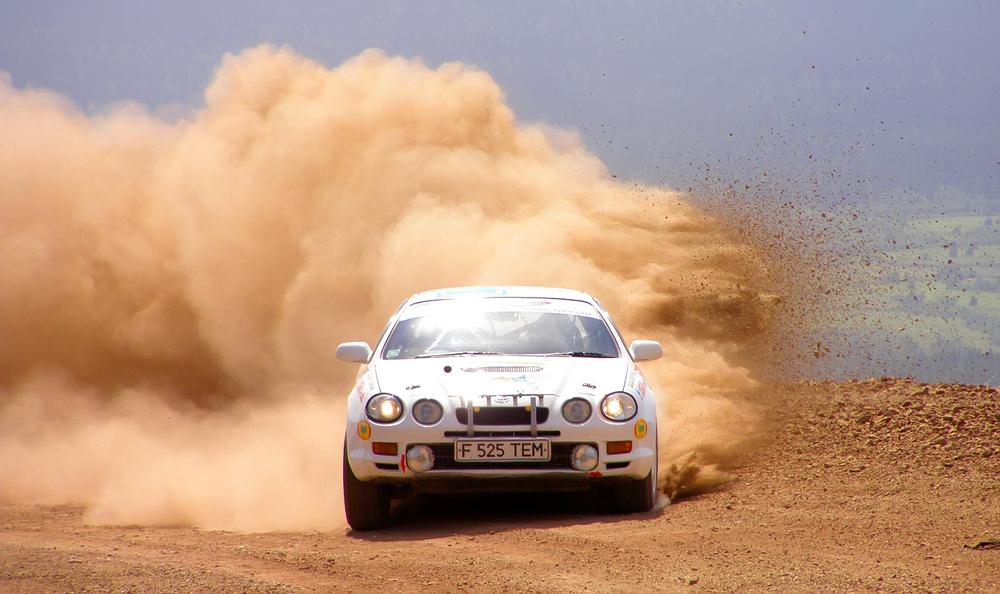
The sixth generation made an entrance in 1993. Again, Toyota designers decided to continue with a more rounded look to the car. It was available as a coupe, hatchback and eventually a convertible. For this generation of Celica’s, both driver and passenger side airbags were standard and anti-lock brakes were optional for all models. This generation also incorporated CFC-free air conditioning in their lineup.
From 1999-2006 the seventh and final generation of Celica’s were rolled out. This generation of Celica’s came in 2 different versions; the ZZT230 and the ZZT231. The difference between them was the engine. A more economical engine was used in the 20 and the 231 was equipped with a high performance one.
The final generation arrives
The 7th generation Celica’s in the US all had standard airbags, daytime running lights, power door, windows and locks. There were only 2 seats in the back and they could be folded down, 50/50. The vehicle also had a rear window wiper and was available with a sunroof as an option.
In Japan, Toyota released a special edition of the 7th generation Celica, the TRD Sports M. In Europe, the Celica had manual transmission as standard.
Racing History
In the world of Motorsports, the Celica is well known. In 1972 the Celica was run in its first World Rally Championship. It would place 9th. In 1982 the Celica placed first at the Rally of New Zealand.
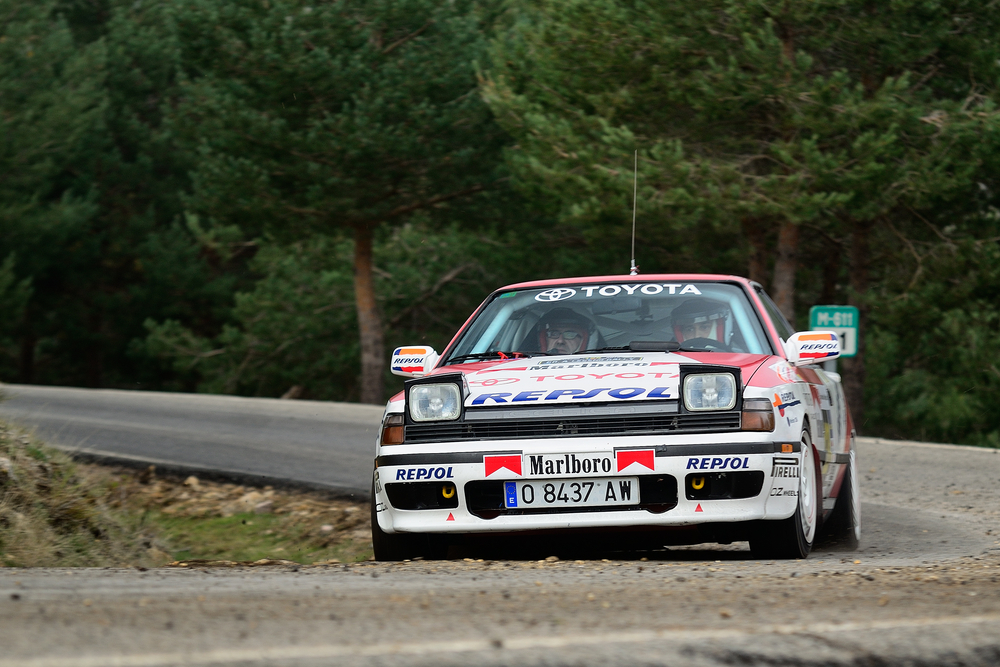
The End of an Era
By 2006, Toyota decided to stop production of the Celica due to poor sales. The Celica has earned a well-deserved spot among Toyota history. The Celica also enjoys a huge fan base by car enthusiasts all over. Any fan of the Celica should have a copy of the Toyota Celica workshop manual as part of their collection.
The Toyota Celica has long been a part of the race industry from its humble beginnings to later years, where the car went through some serious changes throughout the years. Nevertheless, the Toyota Celica remained to be one of the most sought after vehicles by people who enjoying racing cars and wanted to win the competition. First and foremost, the Alltrac models were created and brought front and center into the racing world, offering a four-wheel drive system that was revolutionary when first seen to consumers.
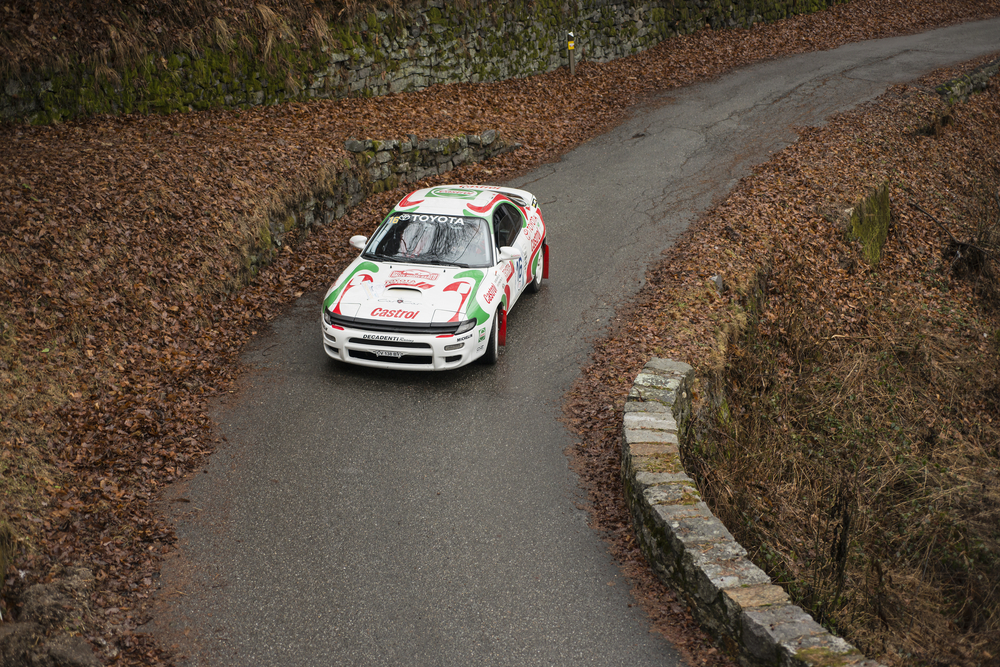
From there, the model took off and quickly the Toyota Celica GT-4 with built in 3SGTE engine was brought to the forefront. This exciting and intense high-performance vehicle was built with the turbocharged engine to give it a whopping amount of power, while the all-wheel drive design made it a breeze to steer and operate. The combination of power and control made it a big contender for the World Rally Championship.
With three different models of the GT-4 designed, it was easy for consumers to find a product that was right for them. These models continued to rise in popularity and competed in competitions across the country from from the WRC Victory at the Rally Australia in 1989 to the WRC win in Safari Rally 1992- and so much more.
Find a repair and service manual for any generation Toyota Celica.
